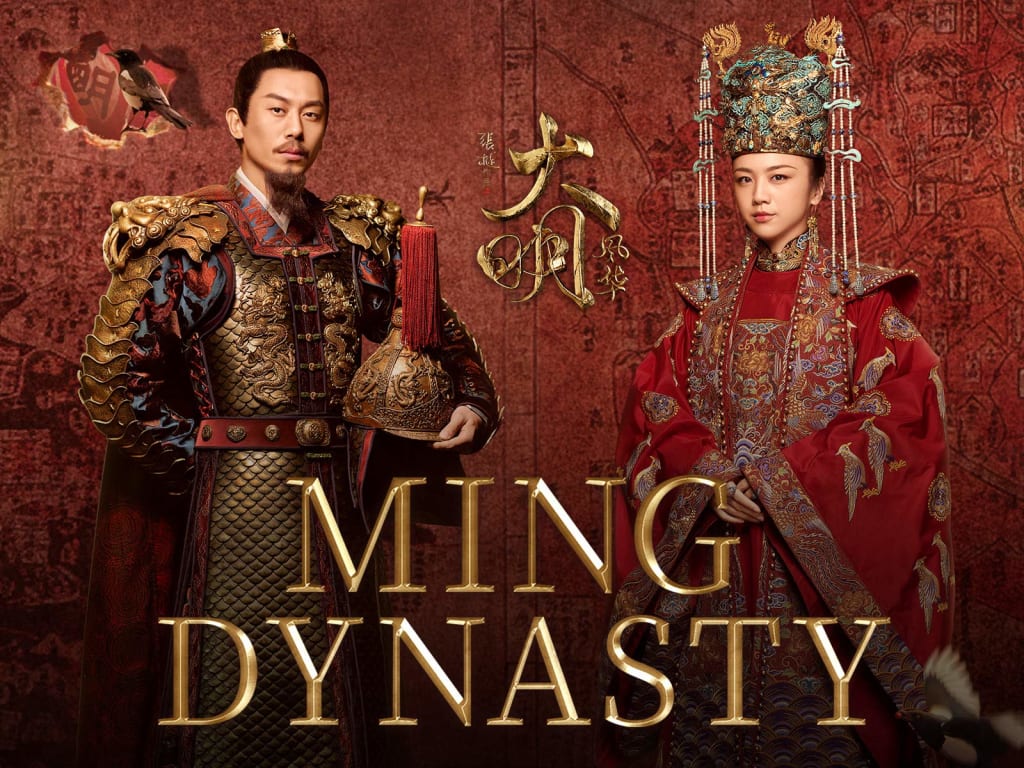
Throughout China’s extensive history and change in Dynasties, there have been 2 distinctive art styles that stand out. These styles and their differences are most prominently seen during the Ming Dynasty. These two styles were called the Court Style and the Literati style.
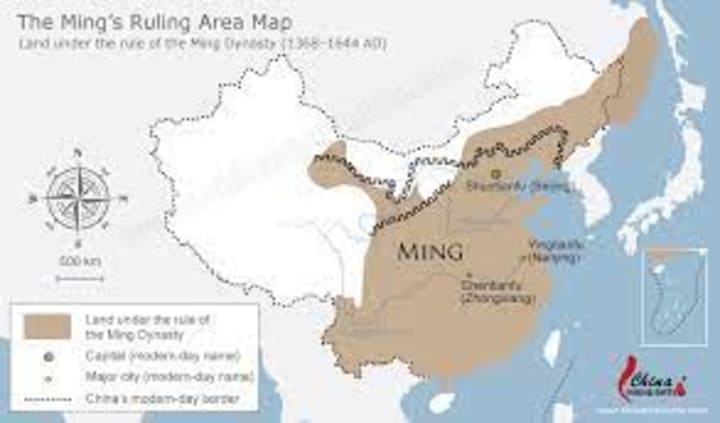
The first style, labeled Court Style was learned by scholars in the court and even some Emperors in the later years of the Ming Dynasty. The artistic Court Style was characterized by control over their creative ability.
The Ming Court forced painters to adapt to more traditional and representational art, similar to that taught in the Imperial Painting Academy of Southern Song. This meant their art was highly symbolic and in all Court Style pieces you can see strong symbolism, tied to their beliefs. Civil service examinations were reinstated at this time, which meant for many artists that their aspirations to work in the Courts as painters wouldn't come true.
A great example of Ming Court style is the piece Hundreds of Birds Admiring the Peacocks. It was created by Yin Hong, in the late 15th to early 16th century. Much like other art forms at the time, this was created as a hanging wall scroll made out of silk with color and ink. This painting was very popular in the Courts at the time, and many more like it would be emulated in years to come.
KEYWORDS FOR COURT STYLE:
rigid, rules, civil service exams, symbolism, intricate/busy
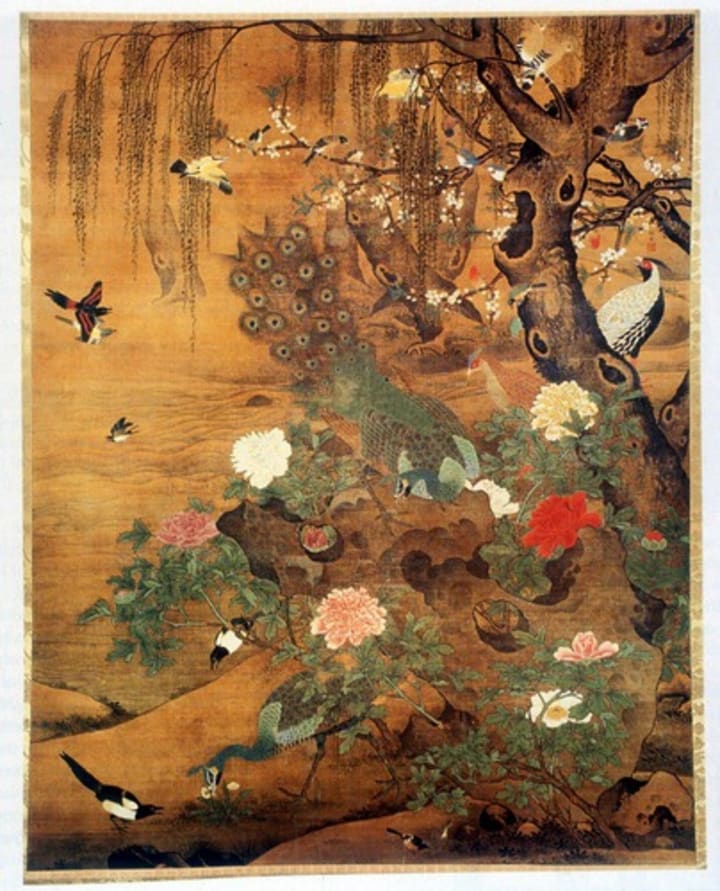
The second style, labeled as Literati was practiced by those not in courts and who wanted a simpler life, able to freely experiment with their art. Literati was characterized by austere ideas and very eccentric artists. One great Literati painter, named Shen Zou studied Yuan Dynasty painters - who focused on naturalism/ 'truth to nature'. Shen Zou tried to capture their spirit in his own works. One of his most famous works was "Poet on a Mountaintop" and has been treasured in many museums and art collections, and is considered to represent both Yuan Dynasty as well as Ming Dynasty Literati art styles perfectly.
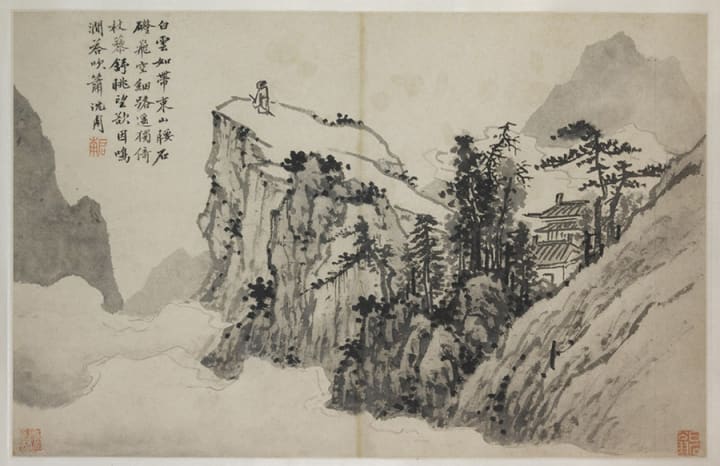
Many Literati also surrounded their own homes with gardens/ foliage, etc. Many Literati were close to nature and seemed to hold a sentiment to some of the teachings from the Yuan Dynasty, perhaps giving them a closer affinity to nature than that of the Court Style.
KEYWORDS FOR LITERATI STYLE:
free, experimental, nature, simple/ meaningful brush strokes
The differences between these two styles and groups of artists are also reflected in their political/social distinctions. As mentioned before, the Literati style was seen as more Liberal. Artists were not wanting to be held down by the court’s rules, wanting to create freely and in non-traditional styles.
The Court style held much more conservative standards and held large control over their artists. In later years, the Northern and Southern schools of Chan each took on one of these styles to teach. The Southern school was founded by an eccentric monk and their school focused on ways that were seen as radical, unorthodox and innovative.
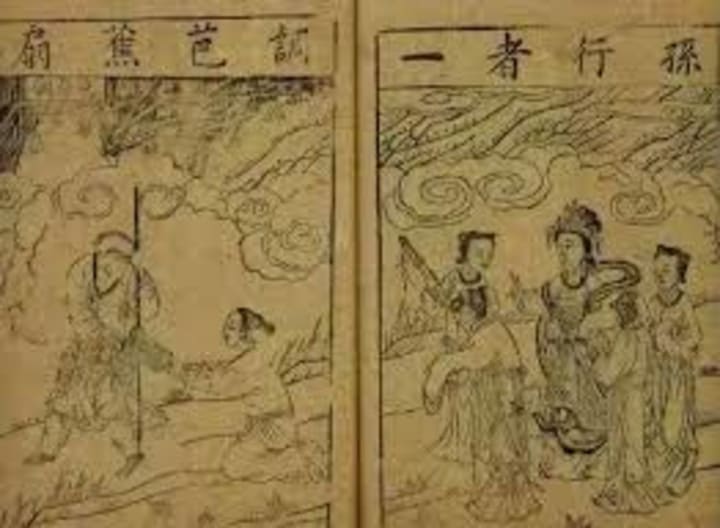
The North's school was very traditional and conservative and was dominated by students for court painters. The North’s academic decorative style emphasized technical skill. While the South stuck to their progressive ways.
Though they are very different, they also carry some similarities, such as drawing inspiration from earlier Chinese artists and appreciating Nature and poetry in their works. Though they go about it in two entirely separate ways, both styles are an integral part of the Ming Dynasty and it's history. Both styles made waves and can be seen as inspiration to other cultures to this day.
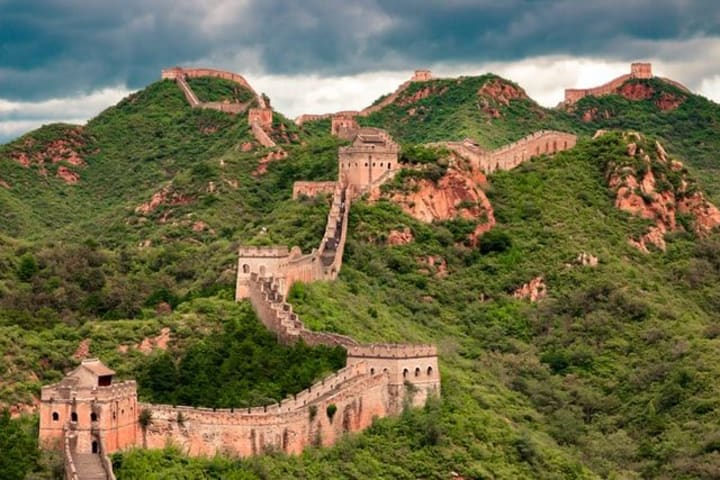
________________________
Thank you for reading! I hope you have a wonderful day!
If you like reading about Art History, feel free to check out my other published pieces!
____________________
SOURCES
https://www.worldhistory.org/article/1335/the-civil-service-examinations-of-imperial-china/#:~:text=The%20civil%20service%20examination%20system,(1368%2D1644%20CE).&text=Ming%20era%20exams%20were%20held,three%20in%20the%20imperial%20palace.
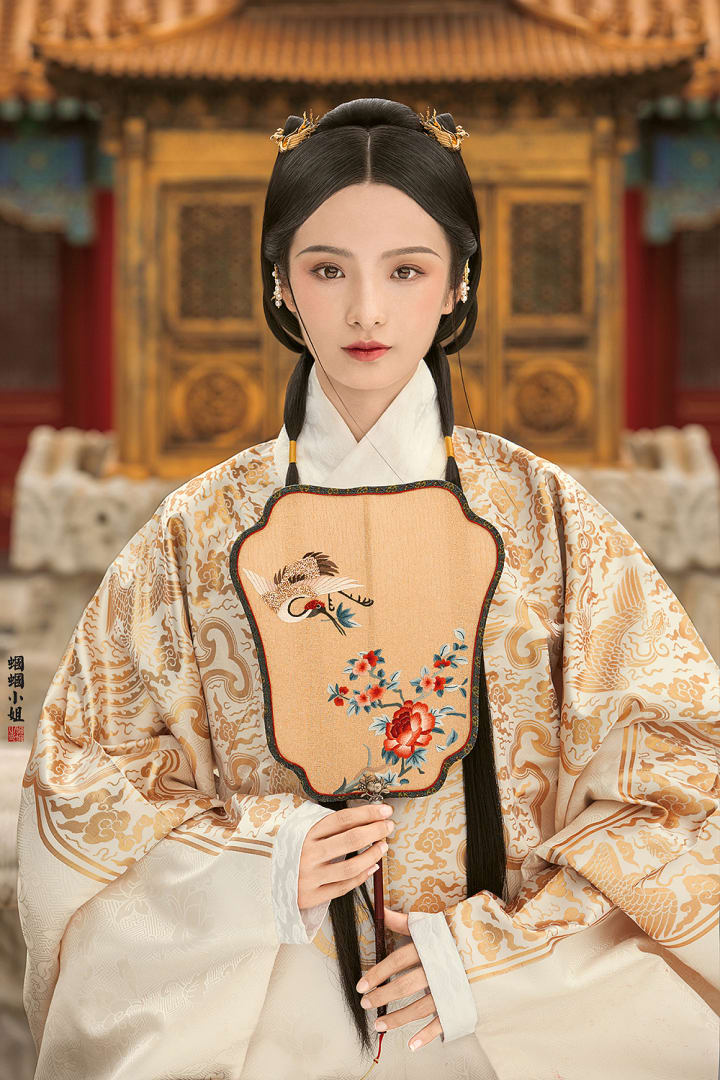
About the Creator
QuirkyMin
Aspiring writer, sharing articles of personal interest as well as original short stories.
https://linktr.ee/quirky.min


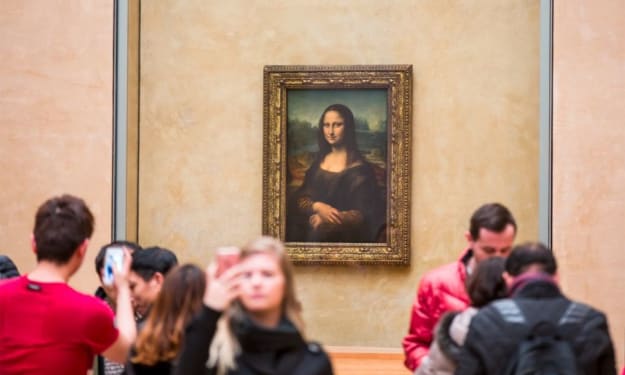



Comments
There are no comments for this story
Be the first to respond and start the conversation.